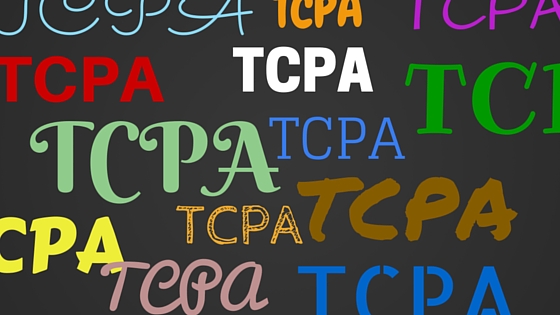A student loan servicer has won summary judgment after it was accused of violating the Telephone Consumer Protection Act by using an automated telephone dialing system to contact the plaintiff.
A copy of the ruling in Collins v. National Student Loan Program can be accessed by clicking here.
During the course of a 10-month period in 2015, the defendant made 206 calls to the plaintiff’s cell phone in regards to the plaintiff’s delinquent student loan payments. The plaintiff asked the defendant to stop contacting him, but the defendant did not, until the loan was transferred to the Department of Education.
The issue for Judge Renee Marie Bumb of the District Court of New Jersey, was what defined an ATDS. The plaintiff argued that the system used by the defendant — LiveVox HCI — has the potential capacity to function as an ATDS and therefore meets the definition of an ATDS. Judge Bumb, however, in assessing the fallout from ACA International v. Federal Communications Commission, disagreed. As well, a Third Circuit Court of Appeals decision in Dominguez v. Yahoo (Dominguez II), ruled that “what makes a device an ATDS is not the ‘latent or potential capacity to function as an autodialer,’ but rather the ‘present capacity to function as an autodialer by generating random or sequential telephone numbers and dialing those numbers.’ “
Because the plaintiff failed to provide any evidence that the system used by the defendant had the “present capacity” to initiate autodialed calls without modifications to the system, the judge granted summary judgment in favor of the defendant ruling that the plaintiff’s TCPA claim “fails as a matter of law.”









